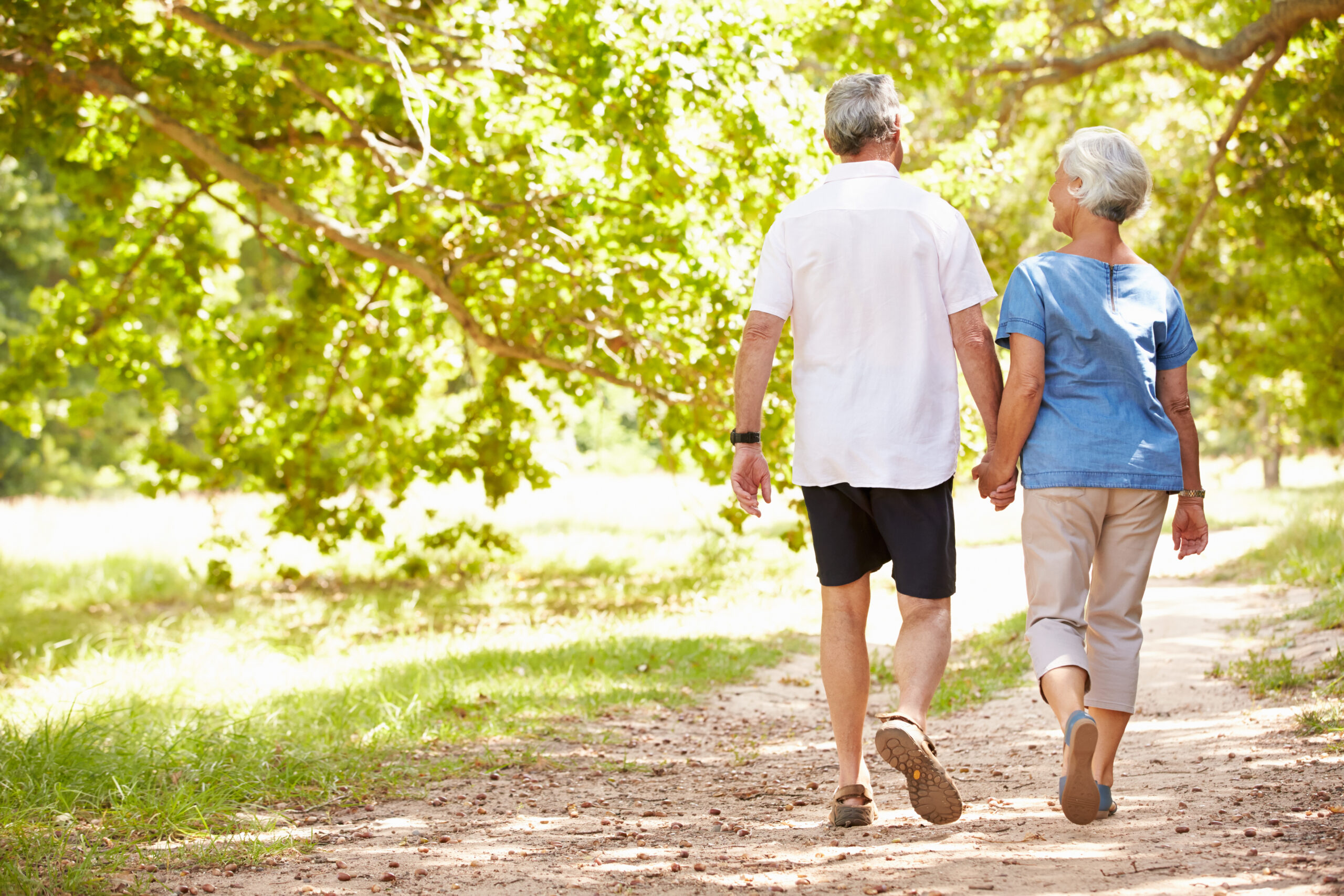By Stephan Dombrowski, University of New Brunswick, Canada
Walking away from death
Walking is one of the most basic forms of human movement and is associated with a plethora of health benefits. Evidence suggests that those who walk more, are less likely to die prematurely, suggesting that it is possible to walk away from death (at least for a while).
Walking and stroke
Walking as a form of physical activity behaviour is particularly helpful for individuals with stroke, a leading cause of adult disability. Regular physical activity post stroke can reduce the risk of a stroke reoccurring, help with recovery and improve overall functioning, health, and wellbeing. However, people with stroke spend around 75% of waking hours sitting, more than their age-matched peers. Yet, walking is one of the most attainable forms of PA post stroke – 95% of individuals can walk 11 weeks following a stroke. In addition, walking is a preferred form of physical activity for people with stroke who consider it accessible, enjoyable and often sociable. The key question is how to support people with stroke to walk more?
You’ll never walk alone
An acute health event such as stroke can have a devastating impact on the person with stroke and their social others including spouses, family members and friends. In times of adversity such as health related life events individuals typically support one another to help dealing with the impact of the event and the recovery process. Evidence suggests that people with stroke who successfully (re)introduced physical activity such as walking after stroke tended to have partner support. Supportive partners often seemed to intuitively use common-sense approaches including effective techniques such as goal-setting, goal monitoring and feedback to help people with stroke to engage in walking behaviour through shared activities. Qualitative research has shown that by using these approaches, the partnerships are seeking to restore walking to facilitate participation in shared activities enjoyed together before the stroke. We can describe these approaches as ‘dyadic interventions’ where two people (person with stroke and family member) aim to achieve one goal (increase walking). A key question is whether we can make dyadic interventions happen more frequently and systematically through an intervention or service?
Harnessing ‘what works’
To systematically harness the beneficial effects of dyadic processes to support change, a 12-week intervention – called We Walk – was developed targeted at increasing outside walking after stroke. We Walk was carefully developed based on person centred principles and psychological theory, and brought together a trained facilitator, ‘walking buddy’ and person with stroke to jointly meet in person and remotely over the phone going through structured activities and techniques such as monitoring, goal-setting and action planning. The intervention was found to be feasible for delivery. It was acceptable to both the ‘walking buddy’ and person with stroke for promoting outdoor walking, underlining the potential of dyadic intervention to support behaviour change. As further research is being carried out to refine and test the intervention, what are some of the lessons that can be drawn at this stage?
Dyadic interventions – helpful and complex
Dyadic interventions introduce complexity as they target multiple people, and typically build on existing relationships between them. Using existing relationships has many benefits, but is dependent on the type of relationship that dyads have with one another. These include relationship aspects such as trust, honesty, respect and communication patterns. These conditions are often outside of the control of a dyadic intervention. For example, some participants in the We Walk intervention highlighted the fine line between encouragement and nagging – which can be thought of as repeated reminders to perform a target behaviour in the absence of tangible progress. Although nagging is not part of taxonomies of behaviour change techniques, nor was it included as a technique in We Walk, the strategy of providing social support can morph into nagging in certain contexts. Thus, dyadic behaviour change interventions and services need to pay close attention to ensure that social support meets the personal needs of the person with stroke to maximise potential of this type of intervention.
Practical recommendations:
- Walk towards health and away from death: Walking as a form of accessible physical activity is popular with many people, including those with physical challenges, and could be one of the first activity behaviours to consider, particularly in those who are inactive.
- Attend to effective practice ‘in the real world’: People often use effective behaviour change techniques intuitively, and paying attention to what works in ‘the real world’ may help others.
- Systematised intuition: Developing interventions or services based on systematising practices which help others can spread useful strategies. Working with dyads to negotiate and agree shared walking goals, and together planning how goals would be enacted is an important step for healthcare practitioners in facilitating behaviour change, alongside facilitating reflection on progress and reviewing goals and plans.
- Existing relationship can make or break change attempts: Helpful relationships show mutual engagement, support and respect for each other, willingness to co-create walking opportunities that are challenging but interesting, flexible and able to adapt to the abilities of the person with stroke.
- Support collaboratively: Walking buddies should help to choose meaningful goals that they could build on. For example, to walk to the supermarket, or to go round the park was more meaningful to some compared to a set number of steps per day, and helped to developing and sustaining motivation, especially as pedometers and other wearables often do not work well with this population.

